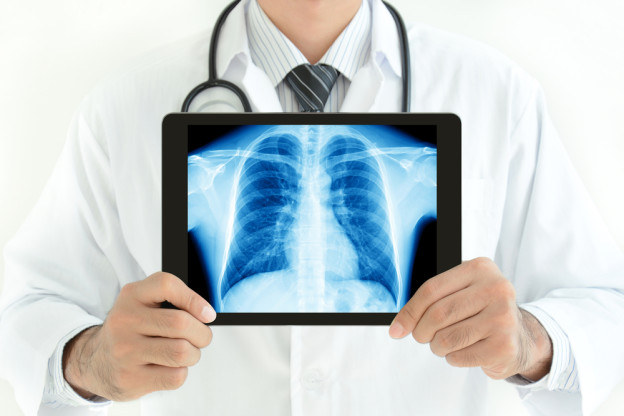All You Need To Know About E-liquid and E-juice

If you've heard the terms "e-juice," "vape juice," or E-liquid and E-juice aren't sure what they mean or what's in them, fear not: the tutorial below will answer all of your questions. E-juice and vape juice have become a big aspect of vaping around the world as the use of personal vaporizers and box mods have grown. To begin with, let me state the obvious. To be clear, e-juice, vape juice, and e-liquid are all names that refer to the same product and can all be used interchangeably. What is E-liquid or E-juice ? E-liquid and E-juice , often known as a vape juice, is the liquid that produces the vapor in vaporizers and electronic cigarettes. It contains nicotine, however, it can also be manufactured without nicotine if desired. The vaporizer warms the e-juice to between 200 and 400 degrees Fahrenheit, converting it to vapor, which you inhale. Water, food-grade flavoring, a choice of nicotine levels or zero nicotine, and propylene glycol (PG) or ve

